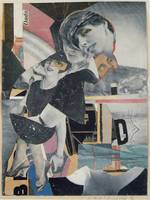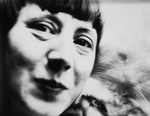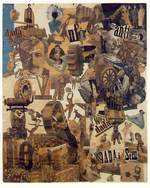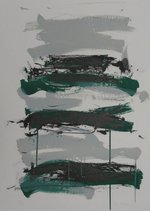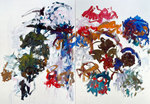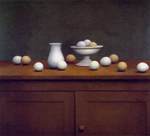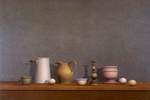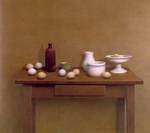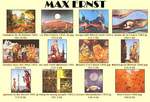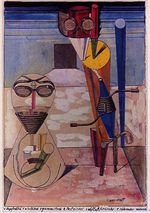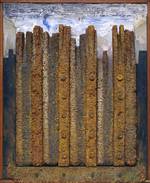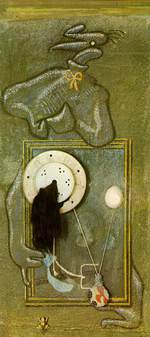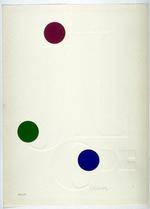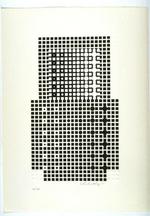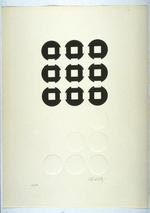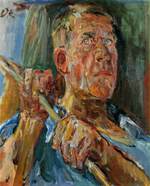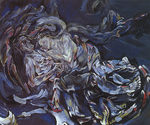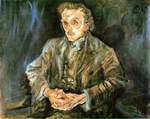Featured Artist at the e.Gallery: Paul Delvaux

|
Featured Artist at the e.Gallery this week is a 20th Century artist of the Surrealist movement, Paul Delvaux [Belgian, 1897-1994] Link: http://fineart.elib.com/fineart.php?dir=Alphabetical/Delvaux_Paul Paul Delvaux was born on September 23, 1897, in Antheit, Belgium. At the Académie Royale des Beaux-Arts in Brussels he studied architecture from 1916 to 1917 and decorative painting from 1918 to 1919. During the early 1920s he was influenced by James Ensor and Gustave De Smet. In 1936 Delvaux shared an exhibition at the Palais des Beaux-Arts in Brussels with René Magritte, a fellow member of the Belgian group Les Compagnons de l’Art. |
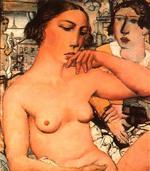 Dream girl |
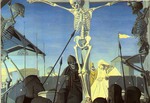 Crucifixion |
 Nymphs Bathing |
 Winter or buried city |






